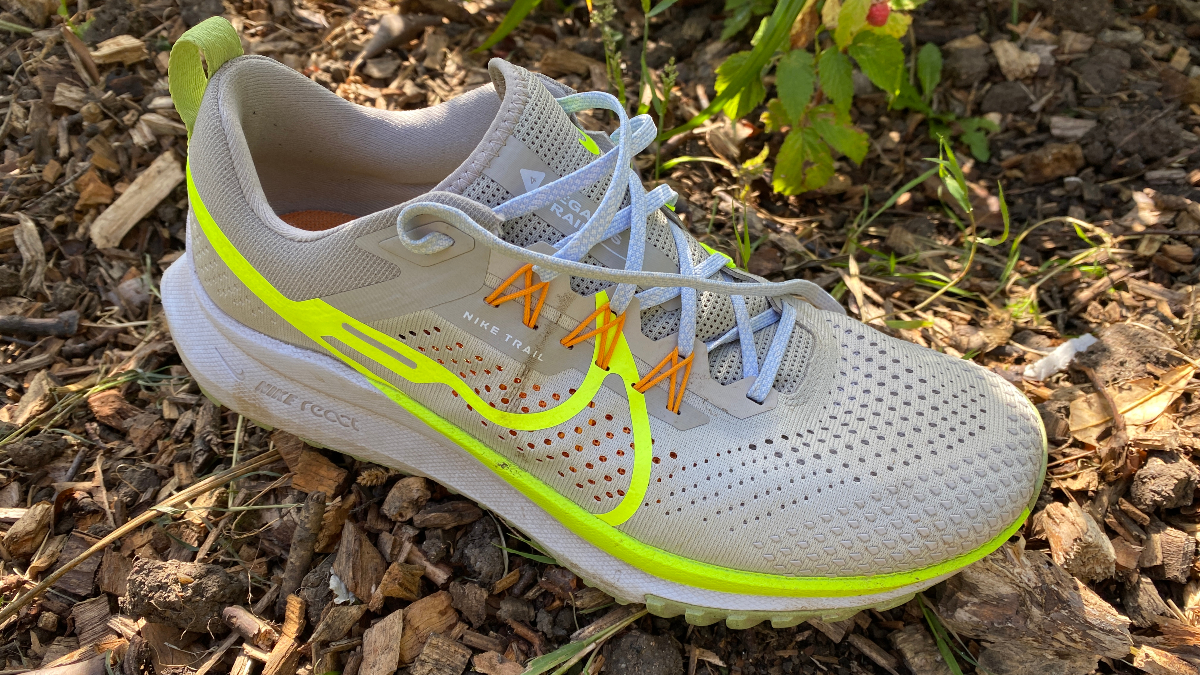Our Verdict
The updates Nike has made to the Pegasus Trail 4 have addressed the two main criticisms of the Pegasus Trail 3 by reducing the shoe’s weight and improving its grip, though it’s still best kept to well-groomed trails.
For
- Improved outsole
- Lighter than Pegasus Trail 3
- Comfortable on roads and trails
Against
- Still not the best grip
You can trust Coach
The Nike Pegasus Trail 3 was one of the best trail-running shoes, standing out as a road-to-trail cruiser that was equally at home on the asphalt as it was on light trails. However, it struggled to find grip in the wet and weighed 11.4oz/326g in my UK 9, which isn’t outlandishly high for a trail shoe but was hefty enough to reduce my enjoyment of the shoe at times.
Someone at Nike HQ agreed with that feedback because the updates to the Pegasus Trail 4 have made it a lighter shoe with an improved outsole. It’s still not the shoe you want on loose or wet trails, but it’s a comfortable and versatile road-to-trail option.
Nike React Pegasus Trail 4 Review: Price And Availability
The Nike Pegasus Trail 4 is available now and costs $140 in the US and £114.95 in the UK. That’s a $10 increase in price on the Pegasus Trail 3 in the US, but the price has stayed the same in the UK. My sample for this review was provided by Sports Shoes.
Design And Fit
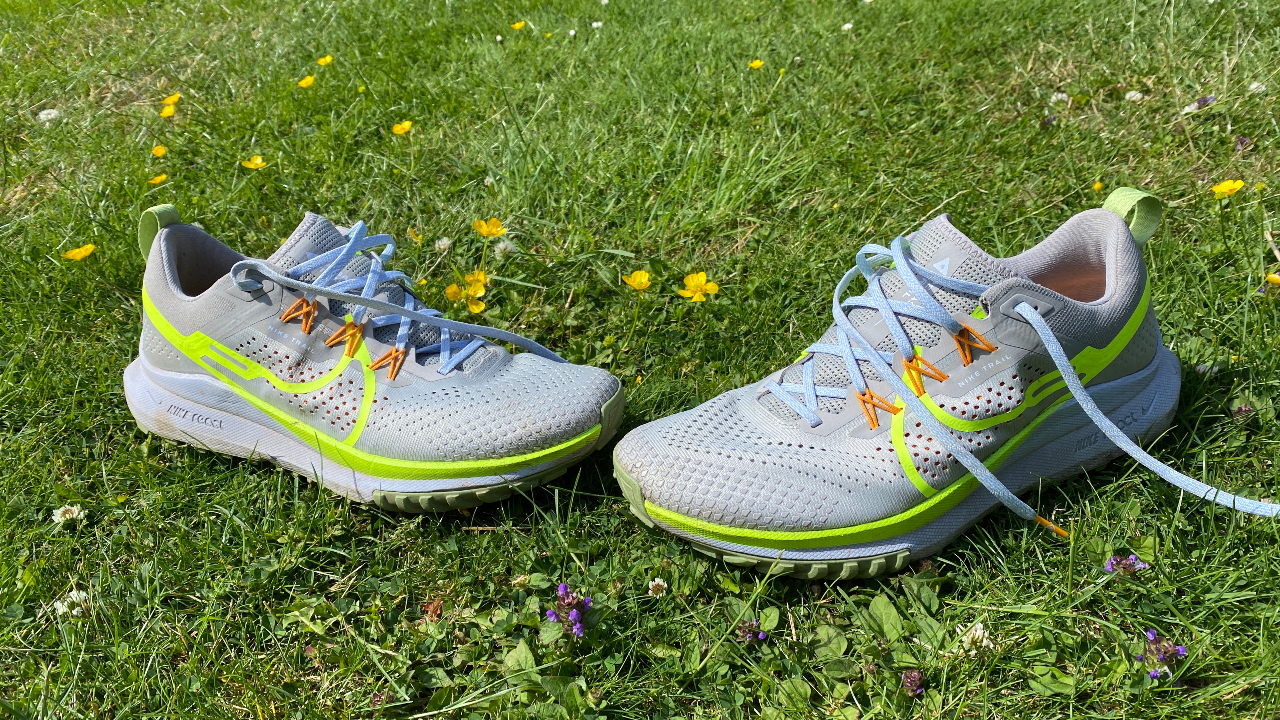
The Pegasus Trail 4 has a mesh upper that doesn’t offer much in the way of protective overlays or even a toe bumper, which points to its purpose as a shoe for light trails rather than rugged terrain where you might be regularly bumping into roots and rocks.
Nike has used its Flywire system around the midfoot to help create a secure fit there, while padding around the collar helps to hold the heel in place. I found that it fit true to size with the perfect amount of room in the toe box, whereas the Pegasus Trail 3 was too roomy at the front and I could have gone half a size down in it.
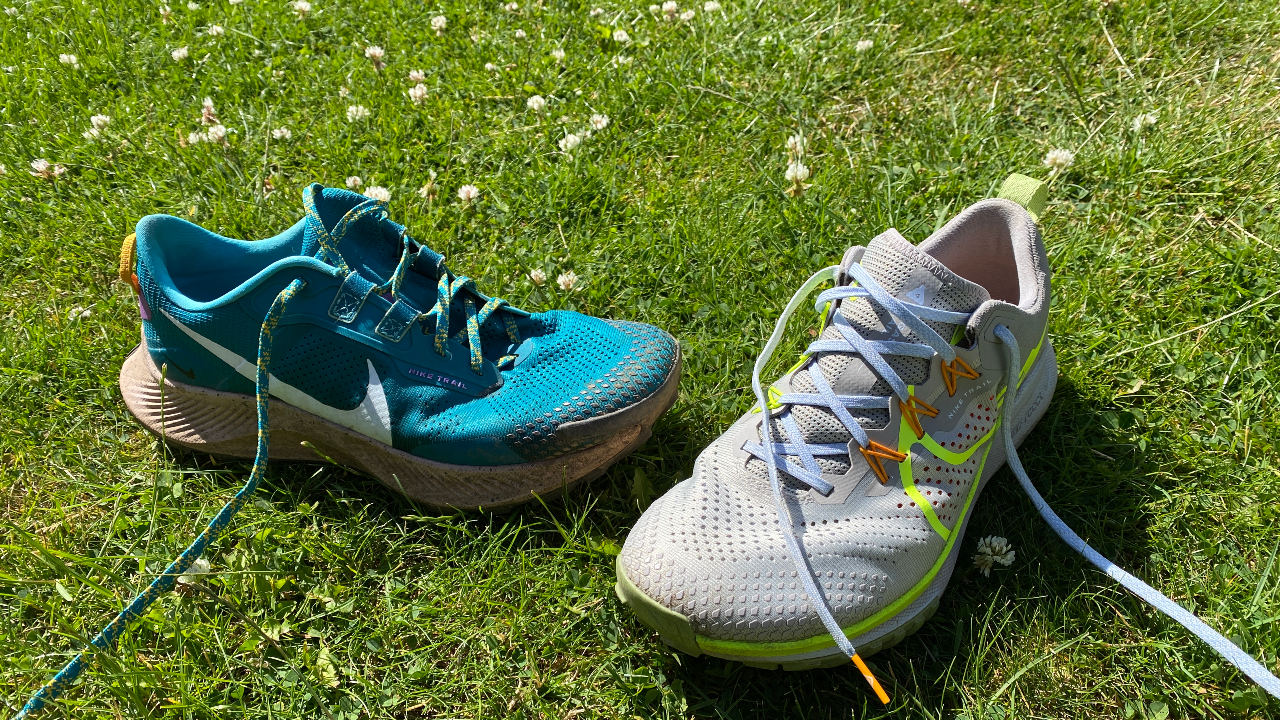
The midsole is still made of Nike’s React foam, which delivers a dull but protective ride. It’s a well-cushioned shoe that is comfortable on the road, while the firmer feel of the foam means that it is still stable on uneven ground.
Compared with the wide, flat lugs on the outsole of the Pegasus Trail 3, the lugs on the 4 are smaller and there are more of them, especially on the forefoot. This should help the shoe bite into soft ground in particular, though it is still best suited to firmer trails.
The Pegasus Trail 4 weighs 10.3oz/294g (UK size 9), a significant drop in weight from the Pegasus Trail 3, which is 11.4oz.
How I Tested This Shoe
I tested the Pegasus Trail 4 on a range of terrain across four runs, all of which involved a mix of road and trail running. Close to home I’ve been on forest tracks, park trails and canal towpaths, and I also used it on fells in the Forest of Bowland in Lancashire. I have also tested the Pegasus Trail 3 and Pegasus 36 Trail (the original Pegasus Trail shoe, essentially the Pegasus Trail 1).
Running Performance
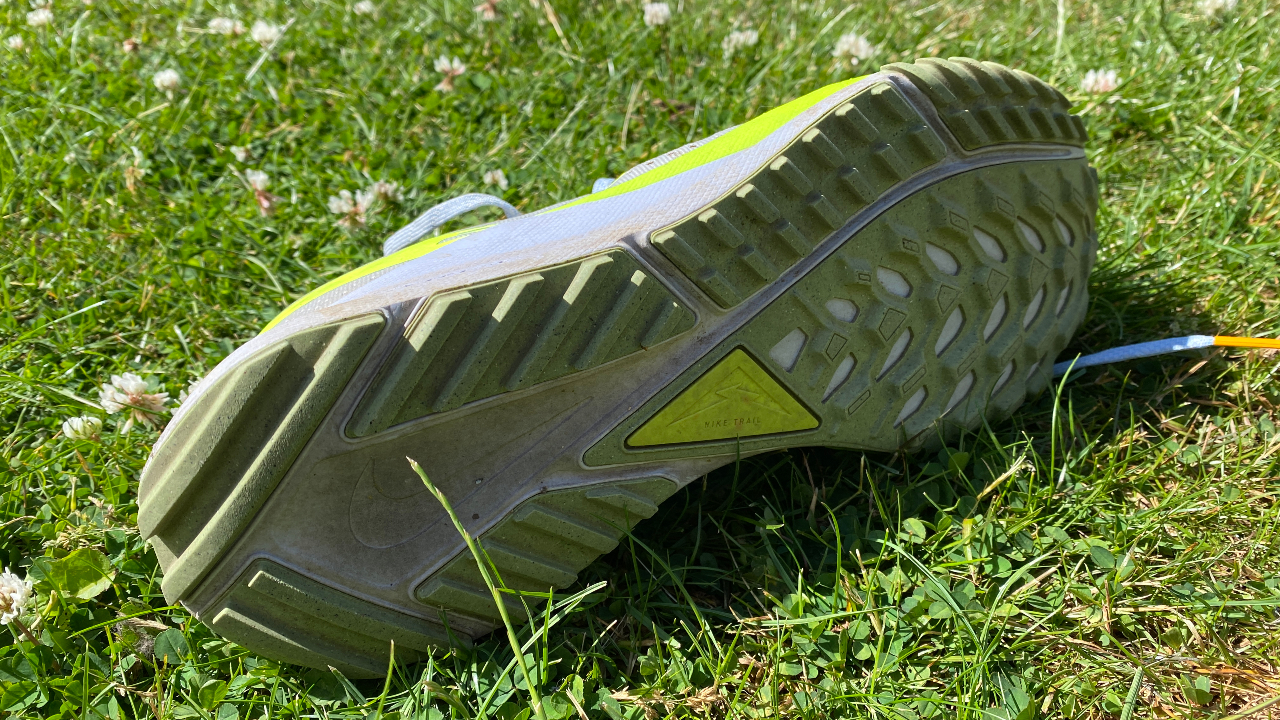
While the updates to the shoe looked great on paper, I was worried that the redesigned outsole might make it less comfortable on the road thanthe 3. Fortunately, these fears were unfounded. It remains a great shoe for road running, with the protective stack of the React cushioning deadening the impact and providing bounce.
The outsole now offers better grip off-road. Where the Pegasus Trail 3 would become unpredictable and a little dangerous on wet ground, the Pegasus Trail 4 does a better job of sticking to rocks and biting into mud.
It’s still not a shoe that you would want to use for long stretches on technical or muddy terrain: on steep downhills with loose gravel underfoot I had to be careful not to wildly overshoot turns. But if you’re largely using the Pegasus Trail 4 on light trails, you don’t have to fear coming across short stretches of wet ground.
The reduced weight is also an improvement, making the shoe more enjoyable to wear when tackling long uphills or picking up the pace on flat sections. While I mostly stuck to easy runs, I did one progression effort finishing at around 3min 40sec/km on the road and it felt nimble and responsive underfoot in a similar way to the Nike Air Zoom Pegasus 39 road shoe.
Is The Nike Pegasus Trail 4 Worth It?
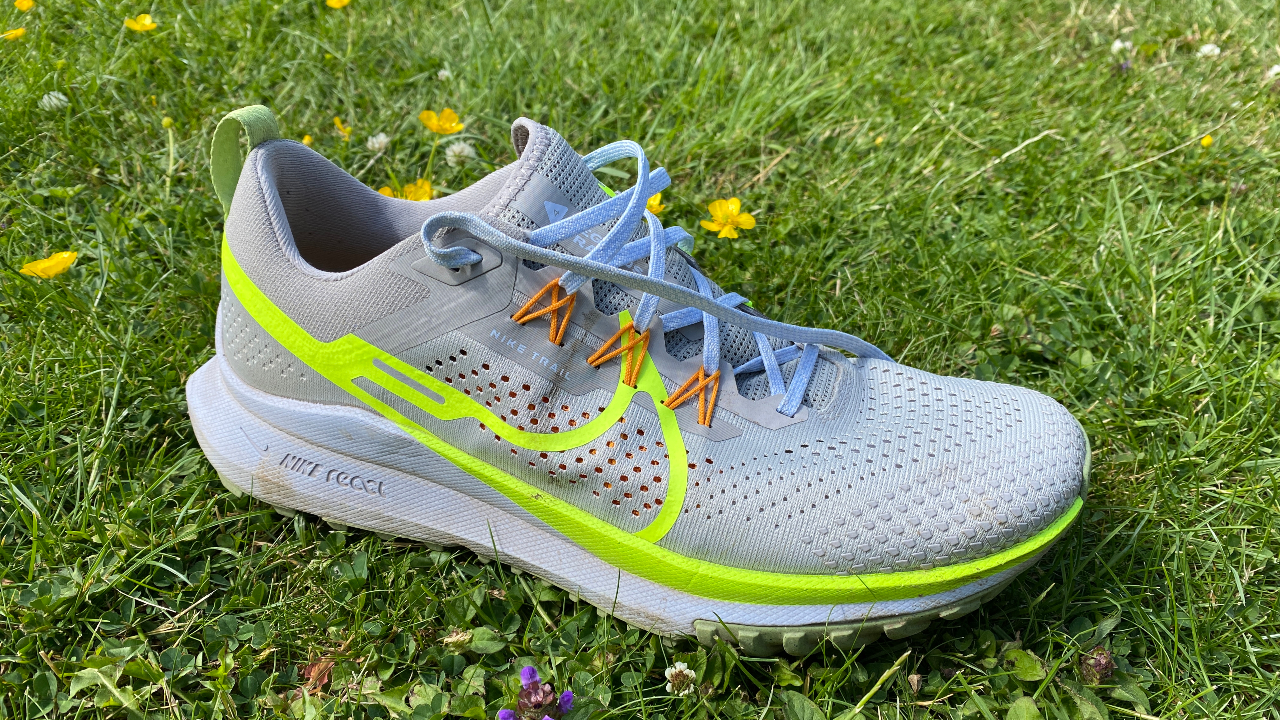
The Nike Pegasus Trail 4 is one of the best road-to-trail shoes available, exceptionally comfortable on the road while still having the grip required for long stretches on light trails. It’s an even more attractive option for those seeking a versatile shoe now it’s lighter and more reliable in the wet than its predecessor.
There are compelling alternatives, however. The Inov-8 Parkclaw G 280 is a road-to-trail shoe that offers better grip than the Nike across a range of terrain. I’ve yet to find trails that the Parkclaw can’t handle and it’s still surprisingly comfortable on the road, if not quite as cushioned as the Pegasus Trail 4. I rate the Inov-8 a little higher than the Nike overall, but it’s far more expensive at $180/£160.
The Hoka Speedgoat 5 is another great option that’s suitable for pretty much any terrain and runs of any distance because of the big stack of cushioning and rocker design, which provides a smooth ride. I prefer the Pegasus Trail 4 to the Nike Terra Kiger 8 on all fronts, with the Pegasus being more comfortable and lighter, and the two shoes having a similar level of grip. It will take its place in our round-up of the best Nike running shoes.

Nick Harris-Fry is a journalist who has been covering health and fitness since 2015. Nick is an avid runner, covering 70-110km a week, which gives him ample opportunity to test a wide range of running shoes and running gear. He is also the chief tester for fitness trackers and running watches, treadmills and exercise bikes, and workout headphones.
